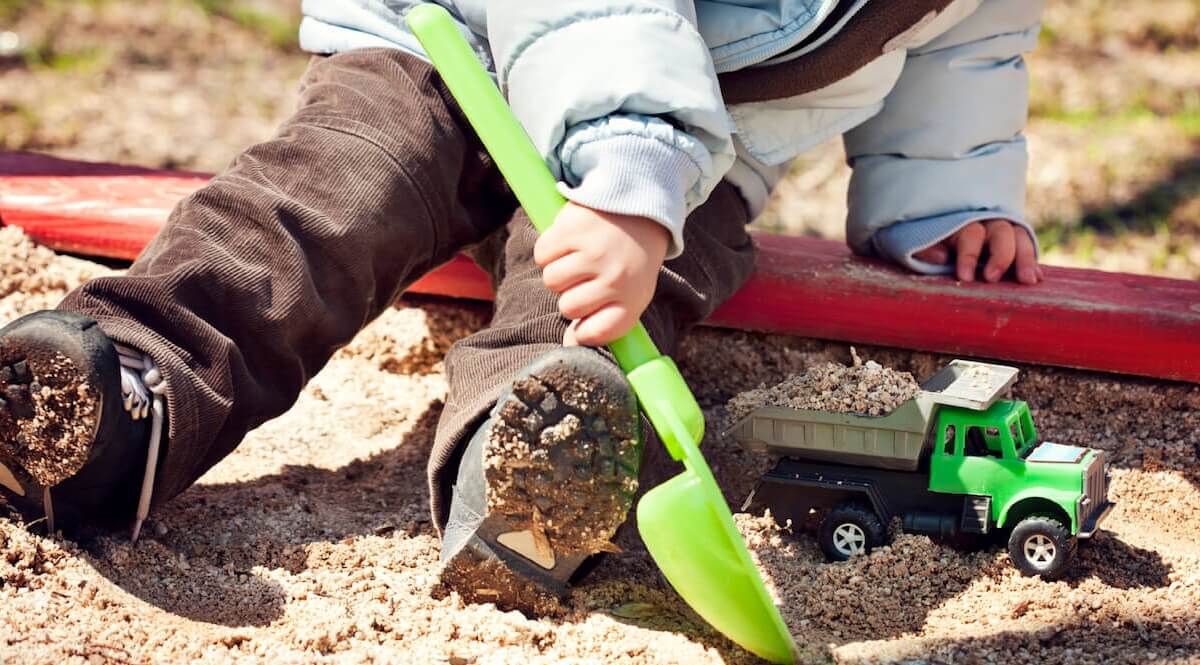The benefits of gardening in school go beyond developing kids' green thumbs.
- By
- Parker Barry
Imagine a futuristic classroom that connects kids with what they’re learning through all five human senses — bright colors, bold smells, rich touch sensations, calming sounds, distinct tastes.
That classroom already exists. It’s called a school garden. If your kid’s school doesn’t have one of these incredible learning labs yet, it may be time to help them start one.
Gardens are springing up in schools across the nation, as educators and parents look for ways to connect kids with natural, healthy, local food. More than 7,000 school districts are now gardening, according to the 2013-2014 USDA Farm to School Census. That’s a 42 percent increase from previous census reports.

Emma Cassidy, National Farm to School Network
Veggie love
Kids love to dig in the dirt, and school garden enthusiasts say most kids will try all kinds of fruits and veggies when they get to see them planted, grown and freshly picked.
When Emily Jackson taught second- and third-graders and brought her students into the garden, she saw firsthand kids’ unbridled enthusiasm for natural foods.
“We had to make a rule, you could only ‘pick-and-pluck’ in the last five minutes, or the kids would spend their time eating so much,” she said. “It was a great problem to have.”

National Farm to School Network
Jackson, who established and now directs the Growing Minds: Farm to School program based in Asheville, N.C., said she’s convinced that adult assumptions that kids won’t eat fruits and veggies are wrong.
“Time and time again, children have shown me that they will,” she said.
Jackson said parents at schools where Growing Minds supports garden programs are amazed by kids’ positive responses to gardening. She said one parent wrote: “He comes home and he talks about the joys of spinach with his little brother.”
Whoa. The joys of spinach?
Good for kids’ bodies and minds
Experts say that gardening is good for kids in ways far beyond eating more veggies and fruits. It helps develop social skills such as teamwork, patience and consistency.
“The cycle of nature has a lot that kids can learn from. It’s not just snap your fingers and it’s done,” said Anupama Joshi, co-founder and executive director of the National Farm to School Network, an advocacy group for school gardens, student farm visits and farm-to-school cafeteria initiatives.
Research has also shown that gardening has emotional benefits.
“Gardens are a healing space, they’re a place where people can go and get some calm,” Joshi said. “Kids have better achievement, better behavior, less problems when they come back into the classroom … gardens provide an energy outlet for kids.”
Beyond health, school gardens help kids learn across the school curriculum — math, language arts, science, geography, economics and more — in a multisensory, immersive way. Organizations such as Growing Minds have ready-made curricula available to help educators use gardening to teach school subjects.
Let’s do this! (How?)
It’s clear: School gardens help kids learn healthy habits and core school subjects. What may not be so clear is how to start one, which can seem like an overwhelming task for one interested teacher or parent who wants to get their school growing.
Jackson suggests that parents contact their kid’s teacher and say, “I’d like to help you do this, we can start really small.”
Go with one simple idea, like a literacy bed. To make a literacy bed, plant one garden bed based on a children’s book, such as “Tops and Bottoms.” Or consider a small section of edible landscaping as part of the school’s overall landscape. Try herbs or other easy-to-grow plants with short growing times, such as the watermelon radish, which can be harvested in as soon as 25 days.

Emma Cassidy, National Farm to School Network
Still, there may be challenges to overcome, such as finding volunteers to care for the garden during the times school is not in session, or finding time in the busy school day to get kids into the garden regularly. But once you get your gardening groove, the possibilities grow. There’s hydroponics, aquaponics, vertical gardens and classroom-to-classroom mobile container gardens. Some schools even build greenhouses. Some schools partner with the organization FoodCorps, similar to AmeriCorps, which sends staff into schools to help create and maintain gardens and incorporate healthy, fresh foods into school lunches.
Joshi said that adults “need to be thinking about how those garden products are being incorporated into the school cafeteria, or tasted in the classroom, or taken into families so kids really are getting to eat it, not just experience it.”
The resources for practical gardening help and curriculum choices continue to grow online and locally. Local cooperative extension agencies often give free gardening advice. Grants are becoming ever more available for school gardens, too, as government and nonprofit organizations realize the amazing benefits of school-based gardening.
“I really do believe children can be change makers,” Jackson said. “If they come home and they’re excited about tasting that beet in the garden or cooking with fresh broccoli … I think it can change the family dynamic around food.”
Header photo courtesy of National Farm to School Network.







